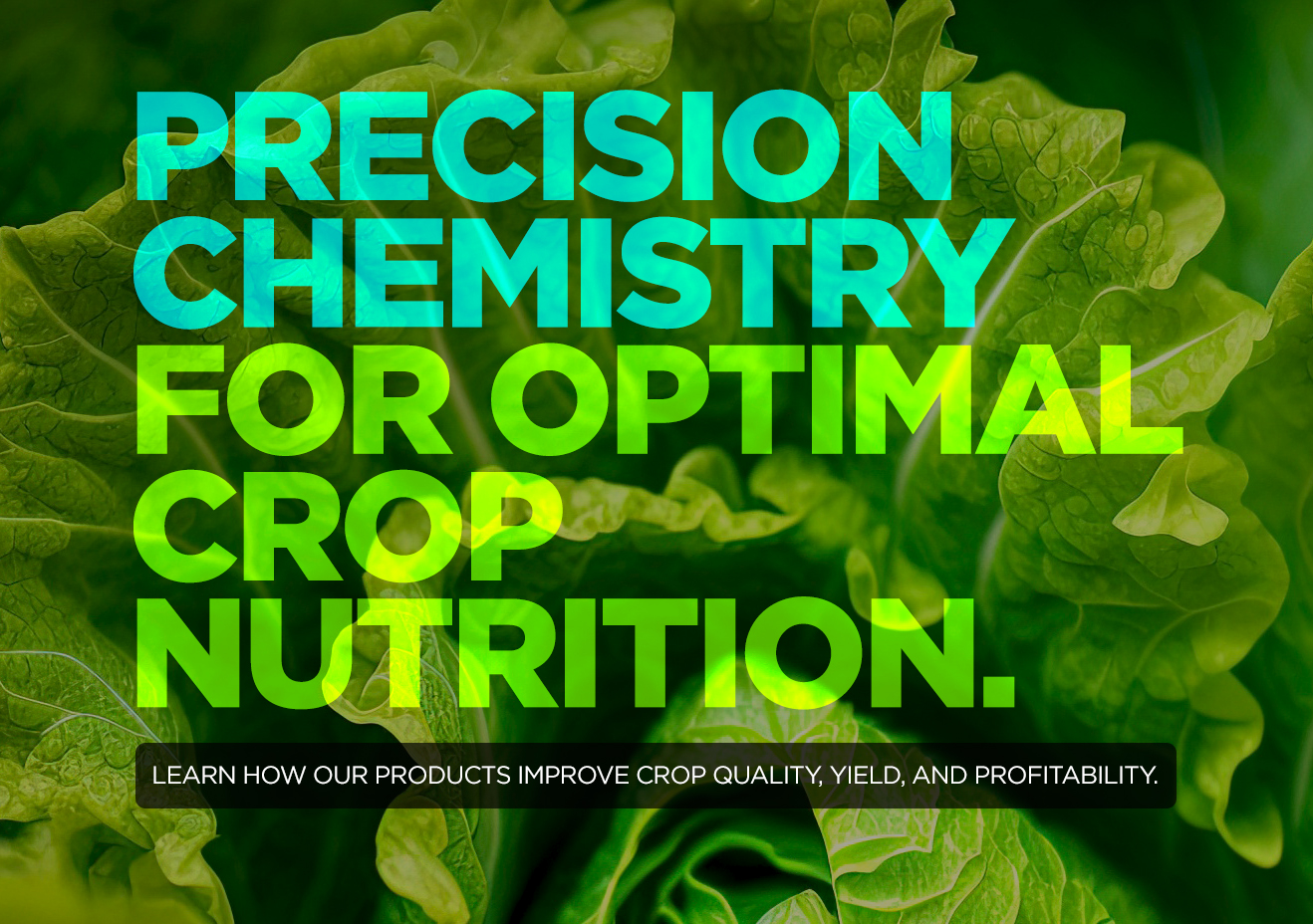
TO HARVEST
Our technologies provide enhanced nutrition to improve plant development and abiotic stress tolerance.
AREAS OF EXPERTISE:
Foliar Feeds
Soil-Applied Liquid Fertilizers
Liquid Seed & Fertilizer Coatings
Microbial Inoculants
BioNutritionals
Water Conditioners
EXPLORE OUR PRODUCT REACH:
EXPLORE OUR PRODUCT REACH:
FertiCare >
NutriAnalytics >
BOS Inoculants >
TrioMax >
VigorMax >
MaxiBoost >
M-BOS >
Disclose Ph >
Plant Activator Line >
Max Line >
TruPhos Line >
Disclose Ph >
Plant Activator Line >
Max Line >
TruPhos Line >
Max Line >
AREAS OF EXPERTISE:
Foliar Feeds | Soil-Applied Liquid Fertilizers | Microbial Inoculants
Liquid Seed and Fertilizer Coatings | BioNutritionals
Spray Adjuvants
Vegetative Growth
Reproductive Growth
BB5 →
Plant Activator Line →
Max Line →
TruPhos Line →
Our science-driven
framework boasts a suite
of innovative technologies
that activate nutrients
and plant responses to
ensure farmers get
high-performing, low-rate
solutions for all types
of crops and deficiencies.
EXPLORE OUR TECHNOLOGIES:
Our science-driven framework boasts a suite of innovative technologies that activate nutrients and plant responses to ensure farmers get high-performing, low-rate solutions for all types of crops and deficiencies.
Our science-driven framework boasts a suite of innovative technologies that activate nutrients and plant responses to ensure farmers get high-performing, low-rate solutions for all types of crops and deficiencies.

PolyAldoCarbosate®
Natural, plant-derived carbohydrates
chelate essential crop nutrients to
enhance uptake and optimize
usage by the plant.

Active Cell Elicitor™
Specialized compounds enhance
abiotic stress tolerance, benefits
overall crop health and protect yields.

Matrix Ortho-Deprotonation™
Sequestering technology which
allows for the simultaneous
inclusion of 100% orthophosphate
with essential nutrients while
maintaining a true solution.
View our TruPhos Line

Natural, plant-derived carbohydrates
chelate essential crop nutrients to
enhance uptake and optimize
usage by the plant.
View our Max Line >

Specialized compounds enhance
abiotic stress tolerance, benefits
overall crop health and protect yields.
View our Plant Activator Line >

Matrix Ortho-Deprotonation™
Sequestering technology which
allows for the simultaneous
inclusion of 100% orthophosphate
with essential nutrients while
maintaining a true solution.
View our TruPhos Line
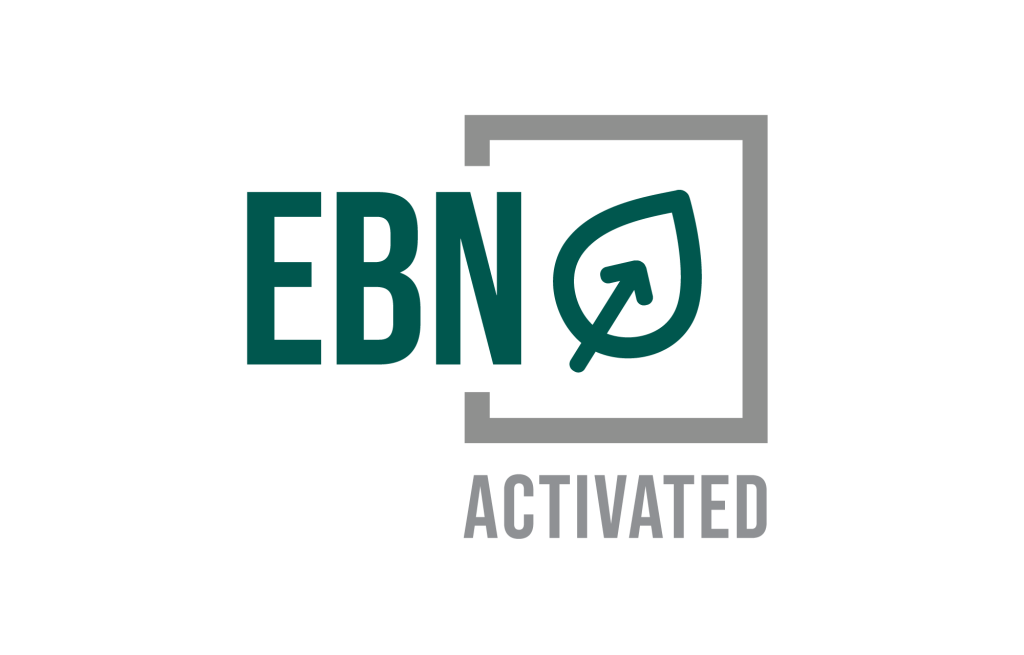
Essential BioNutritionals™
Our Essential BioNutritional
complexes biofortify our exclusive
fertilizers with natural metabolites
to improve their nutritional quality
leading to superior performance
and higher yields.
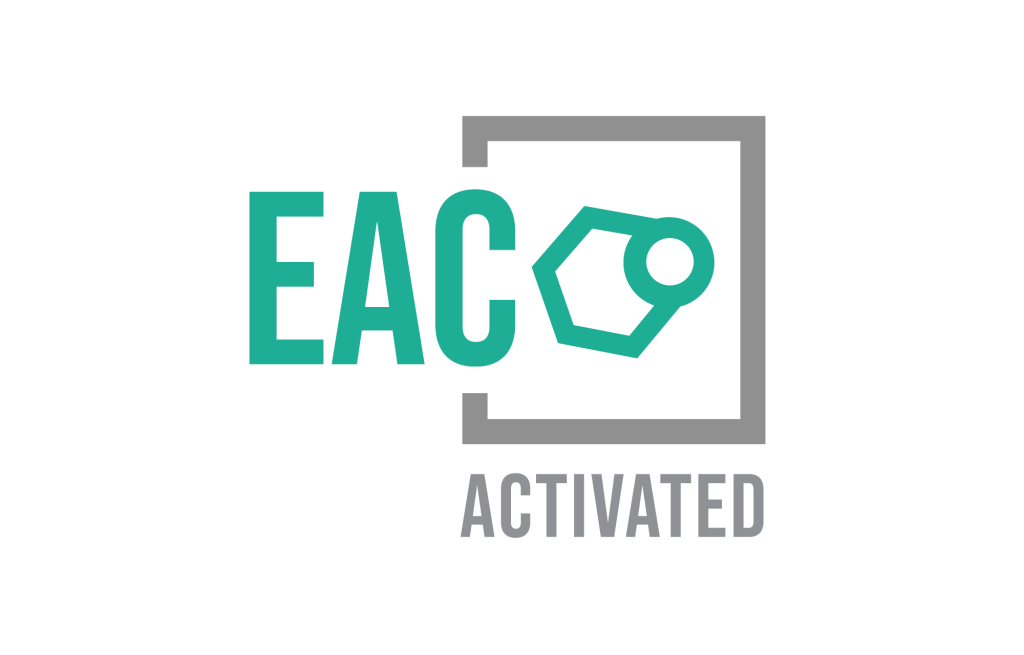
Enviro AldoCarbosate™
An organic form of NutriAg’s
natural plant-derived carbohydrate technology delivers highly effective
crop nutrition.
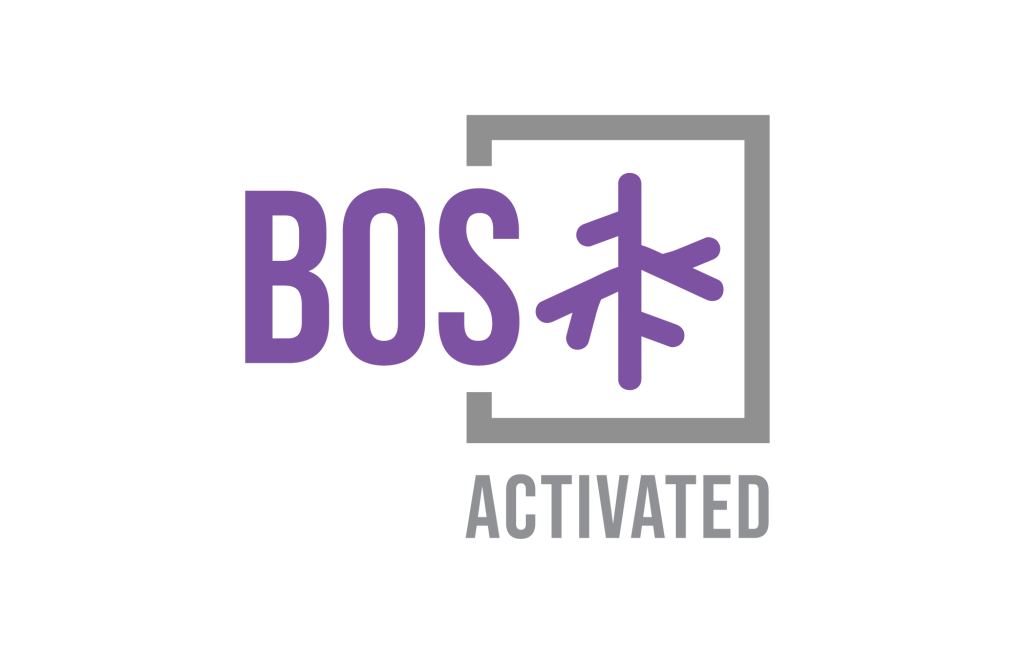
Matrix Ortho-Deprotonation™
Exclusive Bioactive Organic
Soil-Microbes enhance nitrogen
fixation, phosphate solubilization, micronutrient availability and
crop-stress tolerance.
View our Inoculant Line >

Essential BioNutritionals™
Our Essential BioNutritional
complexes biofortify our exclusive
fertilizers with natural metabolites
to improve their nutritional quality
leading to superior performance
and higher yields.
View our BioNutritional Line >

Enviro AldoCarbosate™
An organic form of NutriAg’s
natural plant-derived carbohydrate technology delivers highly effective
crop nutrition.
View our Enviro Line >

Matrix Ortho-Deprotonation™
Exclusive Bioactive Organic
Soil-Microbes enhance nitrogen
fixation, phosphate solubilization, micronutrient availability and
crop-stress tolerance.
View our Inoculant Line >
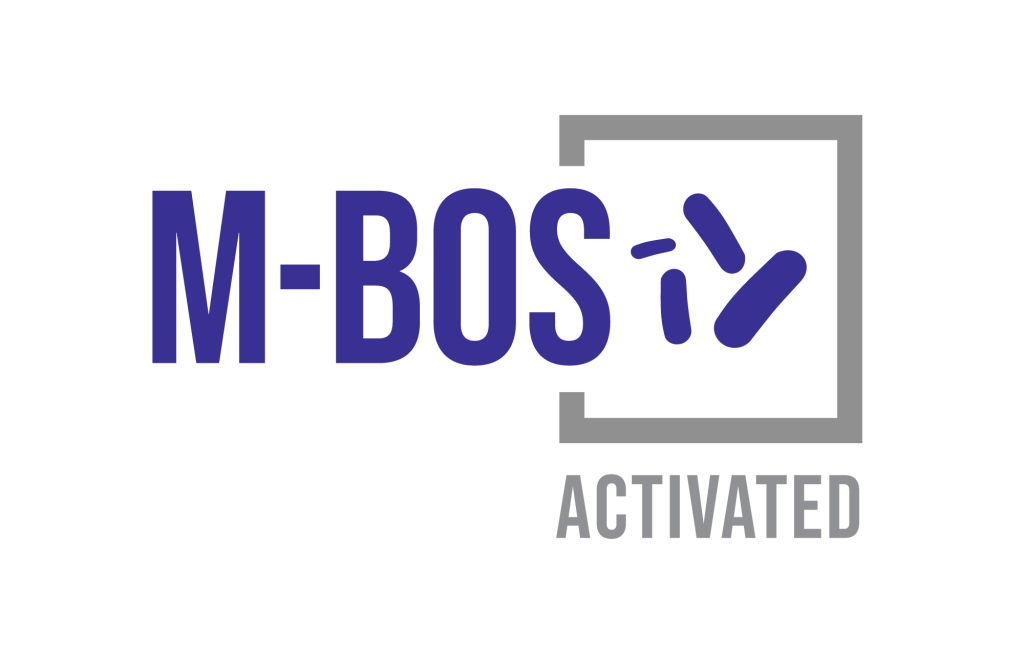
Methylobacterium organophilum
A unique bacterium produces
metabolites which assist plant
defenses against abiotic stress,
and improve crop growth.
View our Microbial Line >

Plant Growth Enhancer™
Our unique combination
of plant growth stimulants
work together to optimize
crop development.
View our Terra Line >

Methylobacterium organophilum
A unique bacterium produces
metabolites which assist plant
defenses against abiotic stress,
and improve crop growth.
View our Microbial Line >

Plant Growth Enhancer™
Our unique combination
of plant growth stimulants
work together to optimize
crop development.
View our Terra Line >
FIELD-PROVEN,
CROP NUTRITION

Our Head Office at 172 Belfield Road, Toronto, ON, Canada, with Laboratories, Manufacturing Facility, Greenhouse, and Distribution Center.
Headquarters:
172 Belfield Rd.
Toronto, Ontario
M9W 1H1
Canada
Manufacturing Plant:
39 Gail Grove
Toronto, Ontario
M9M 1M5
Canada
NutriAg USA Ltd.
Manufacturing Plant:
4460 N. Biola
Biola, CA
93606
USA